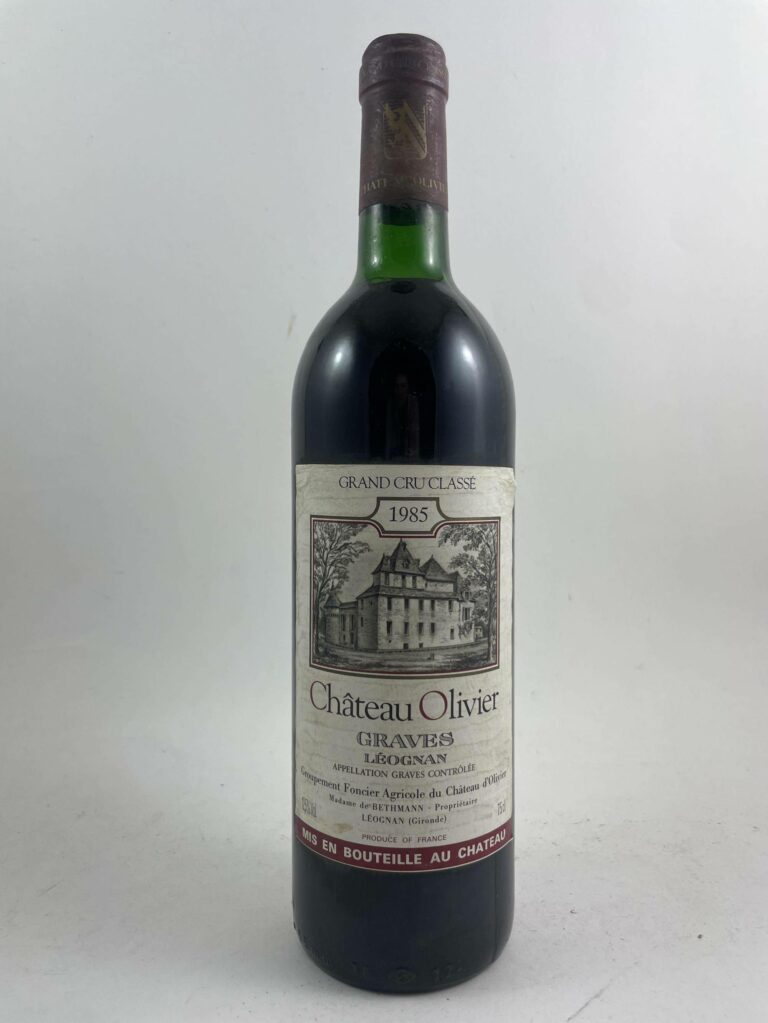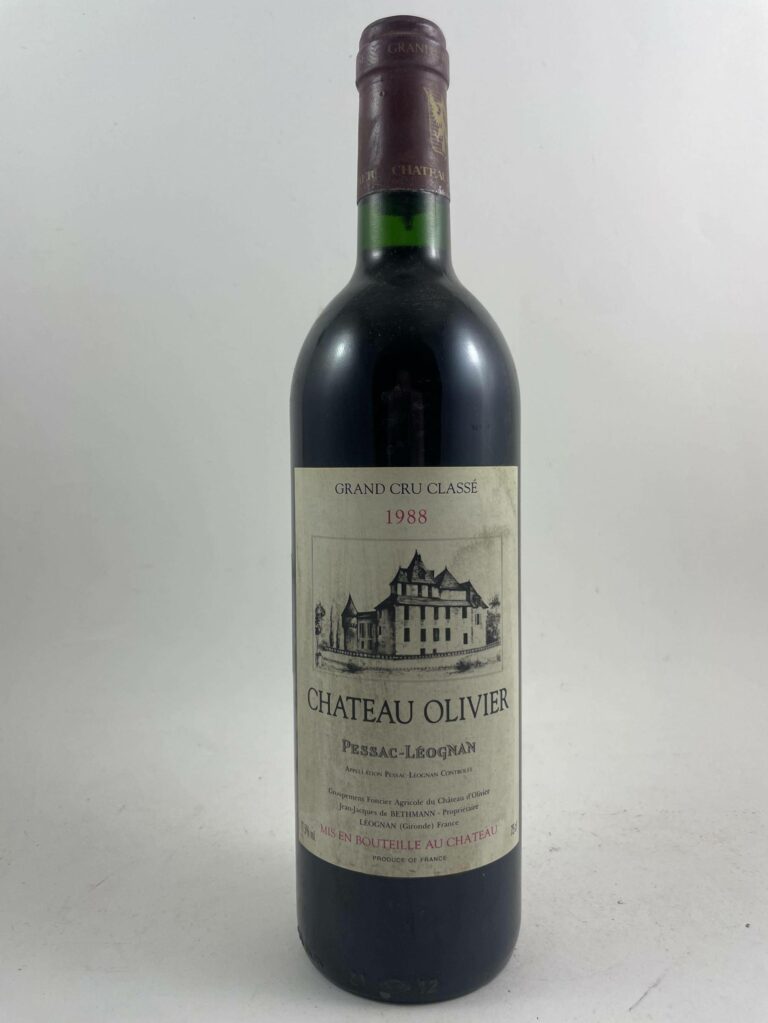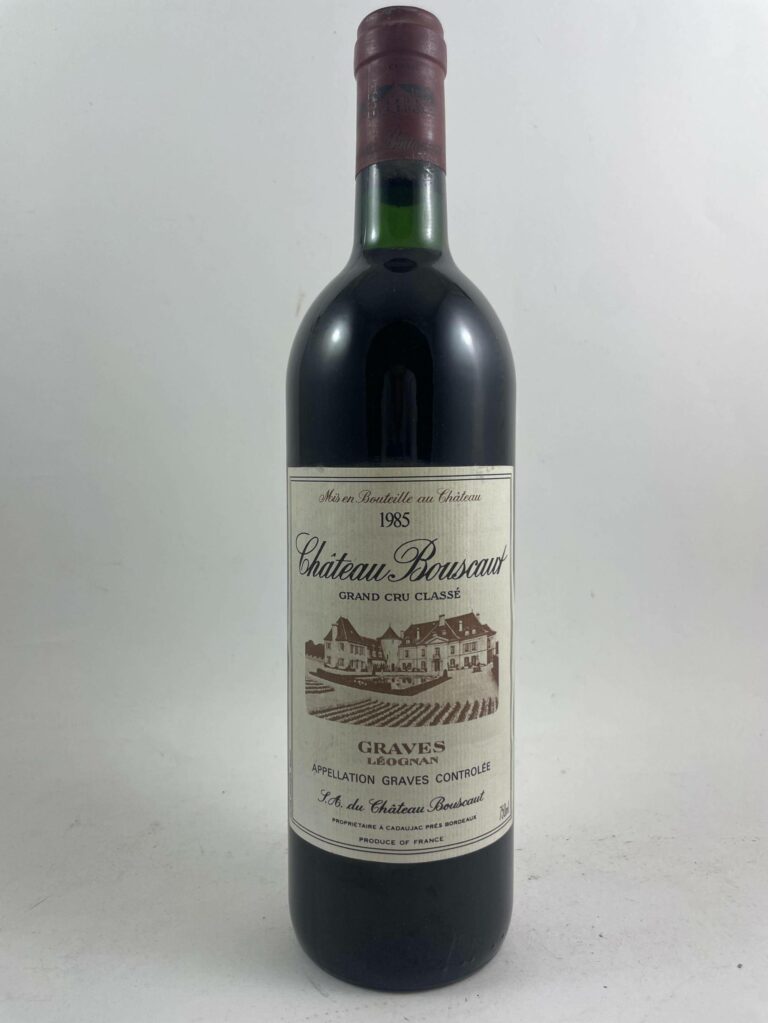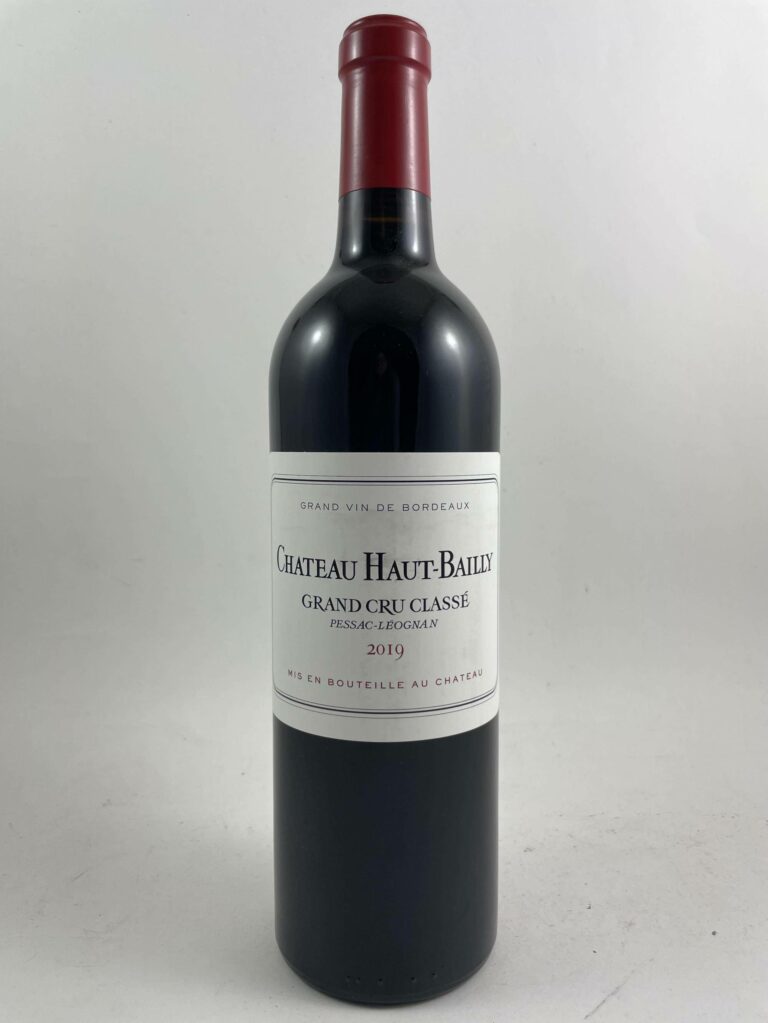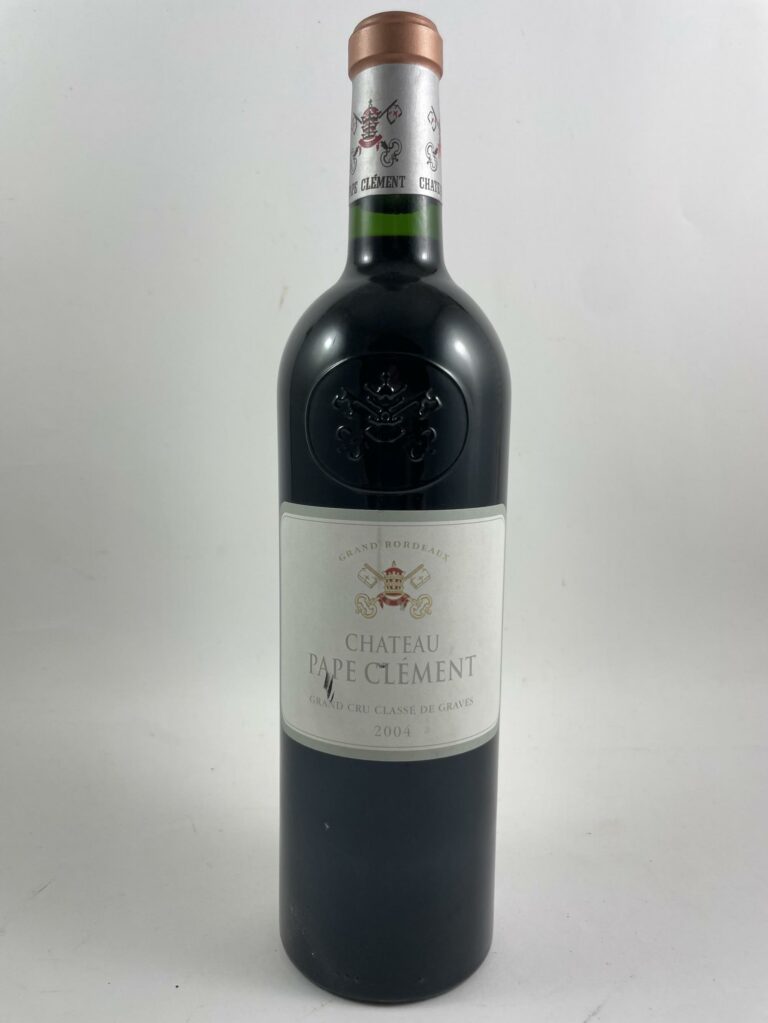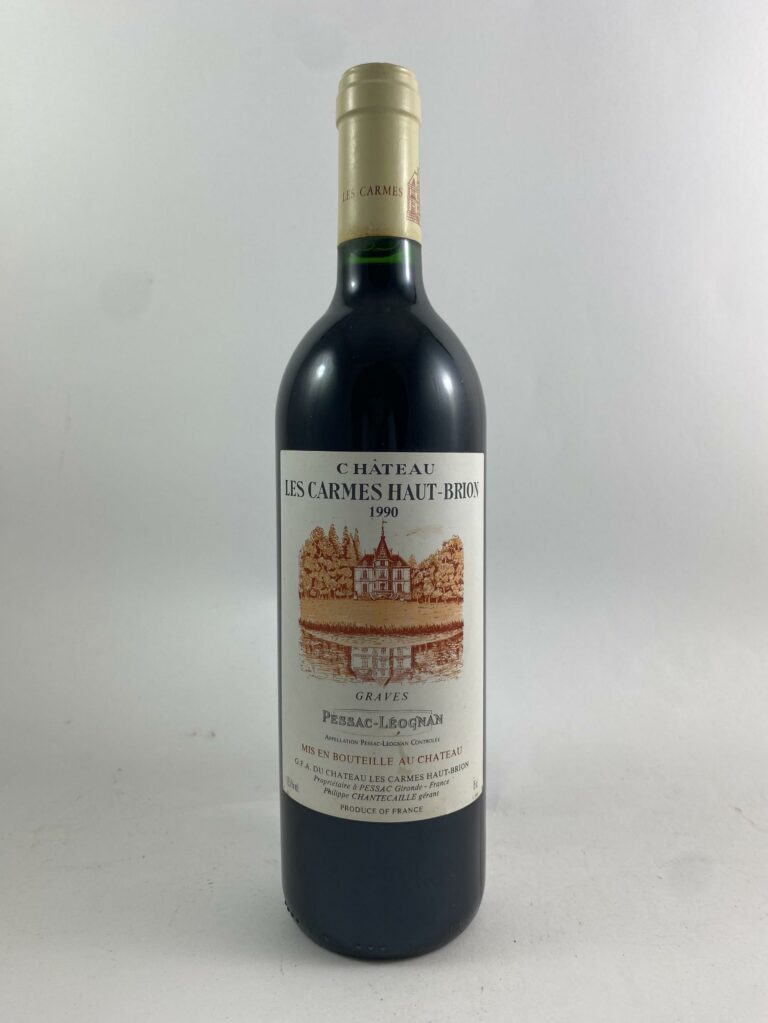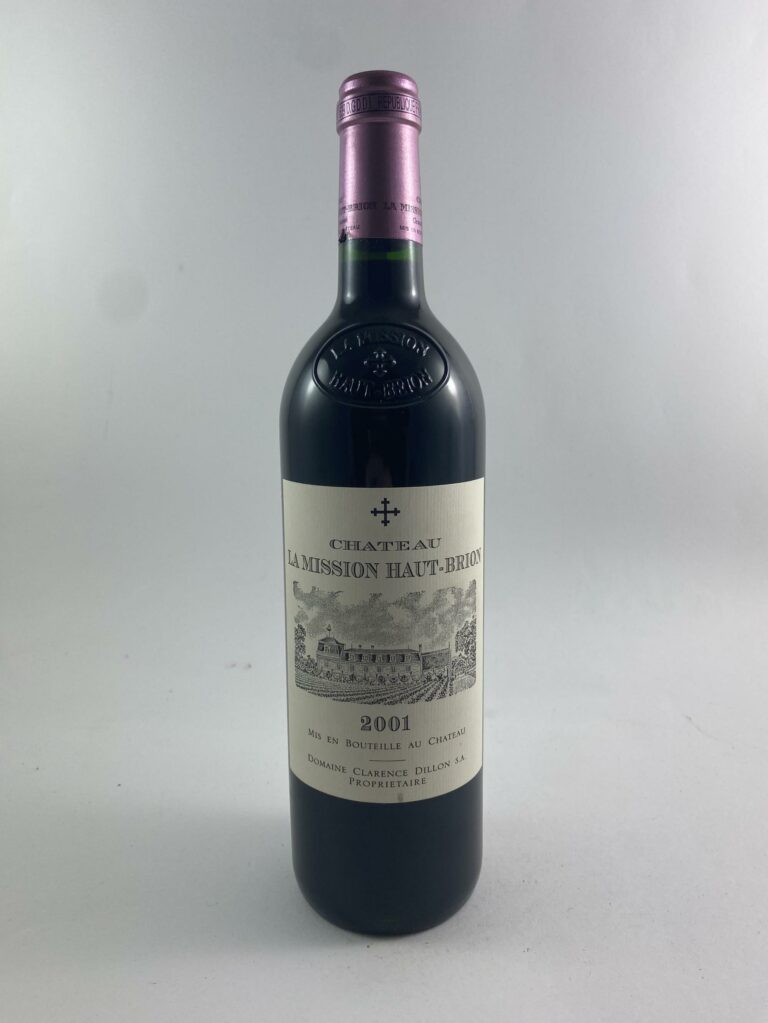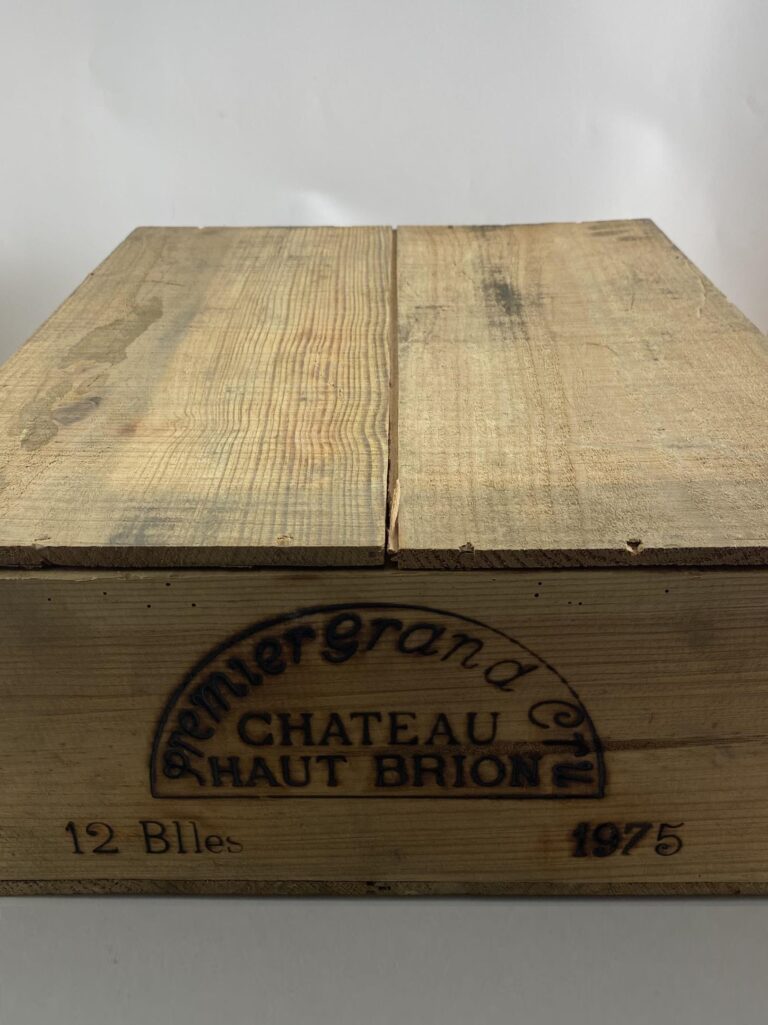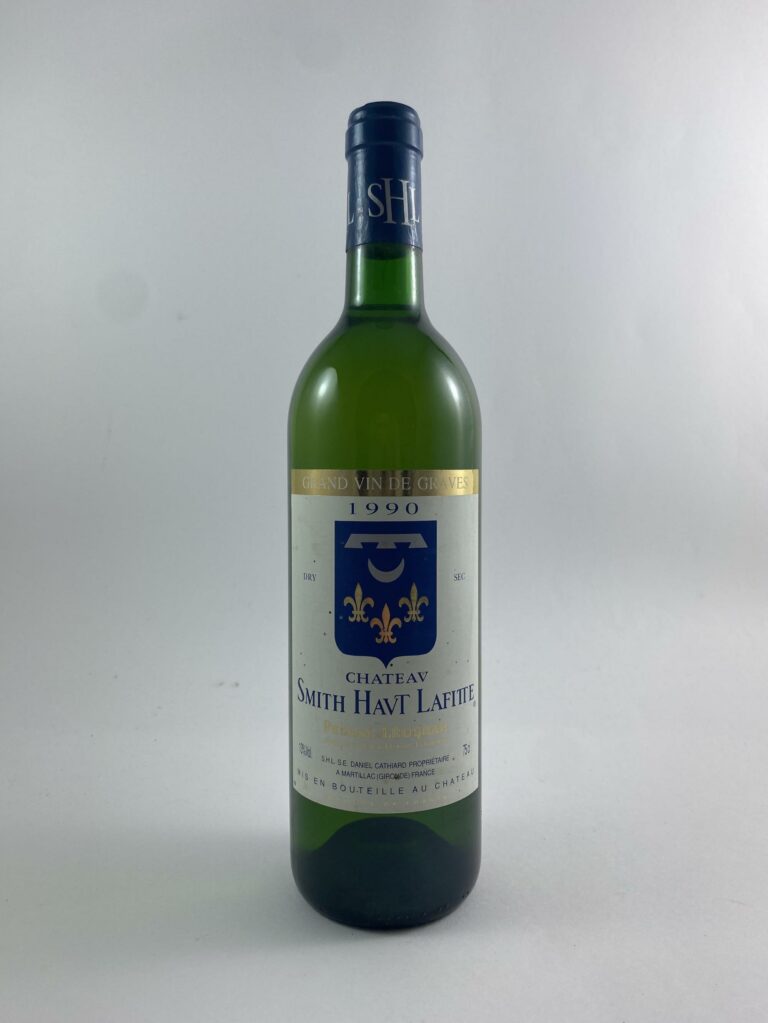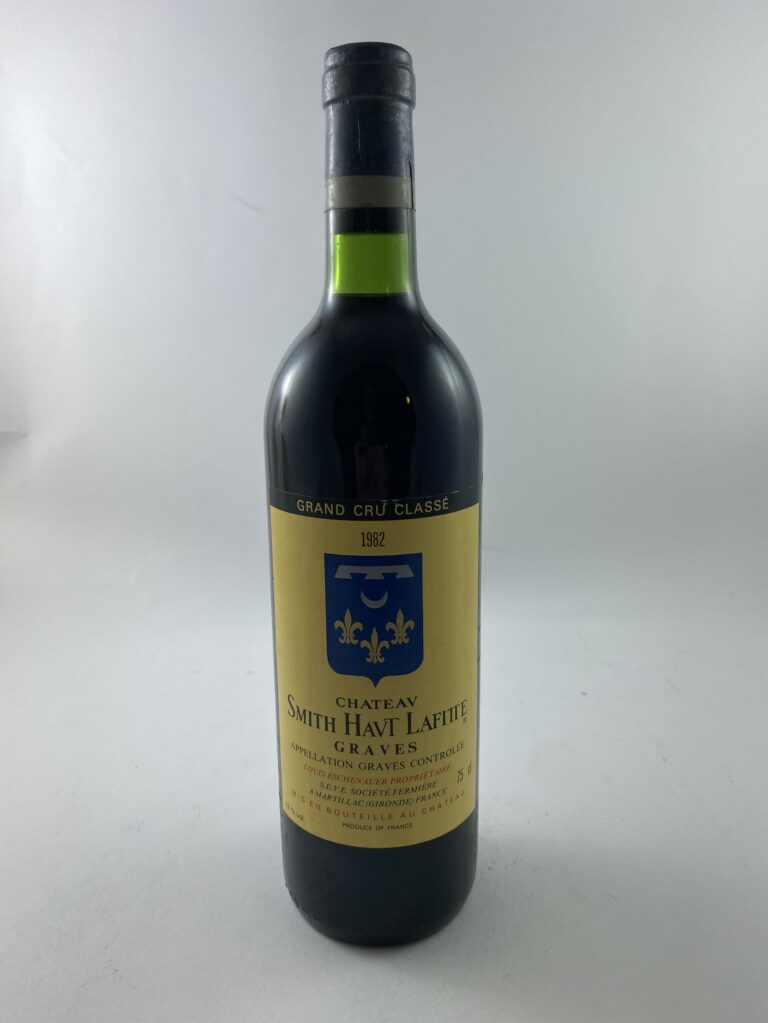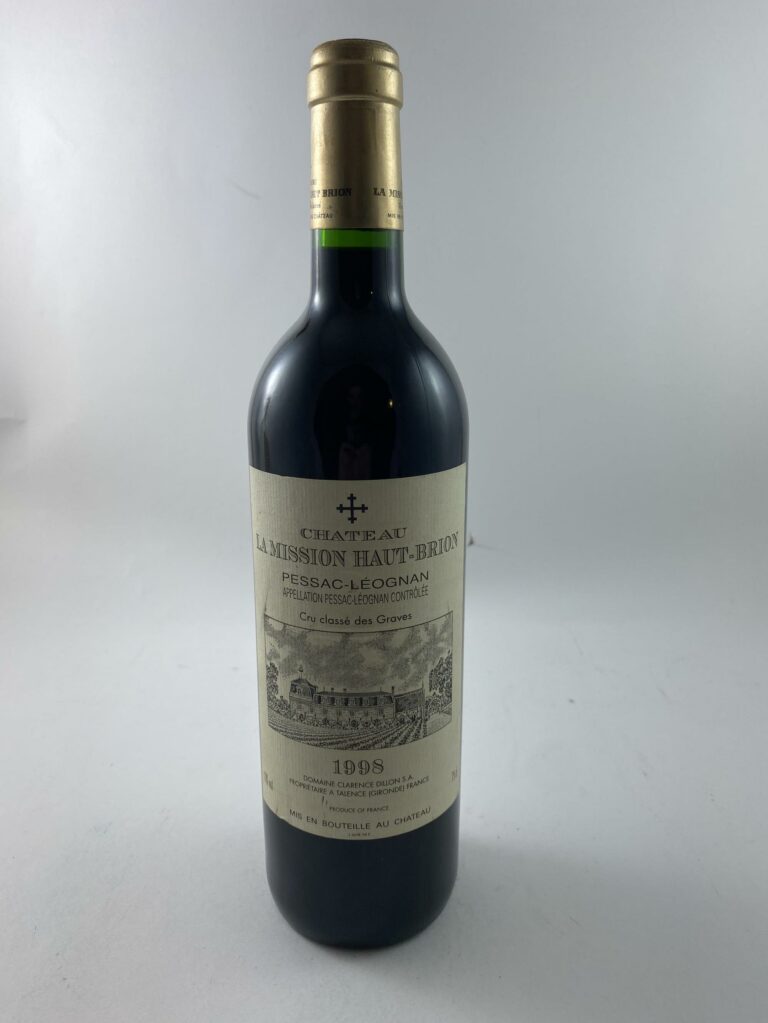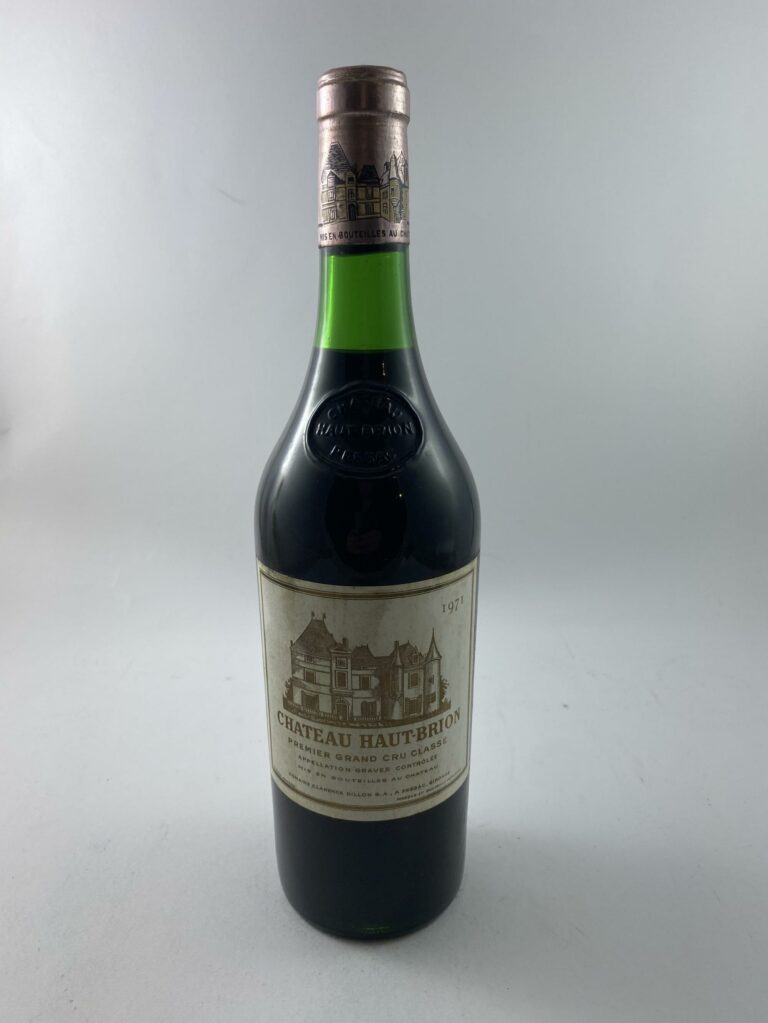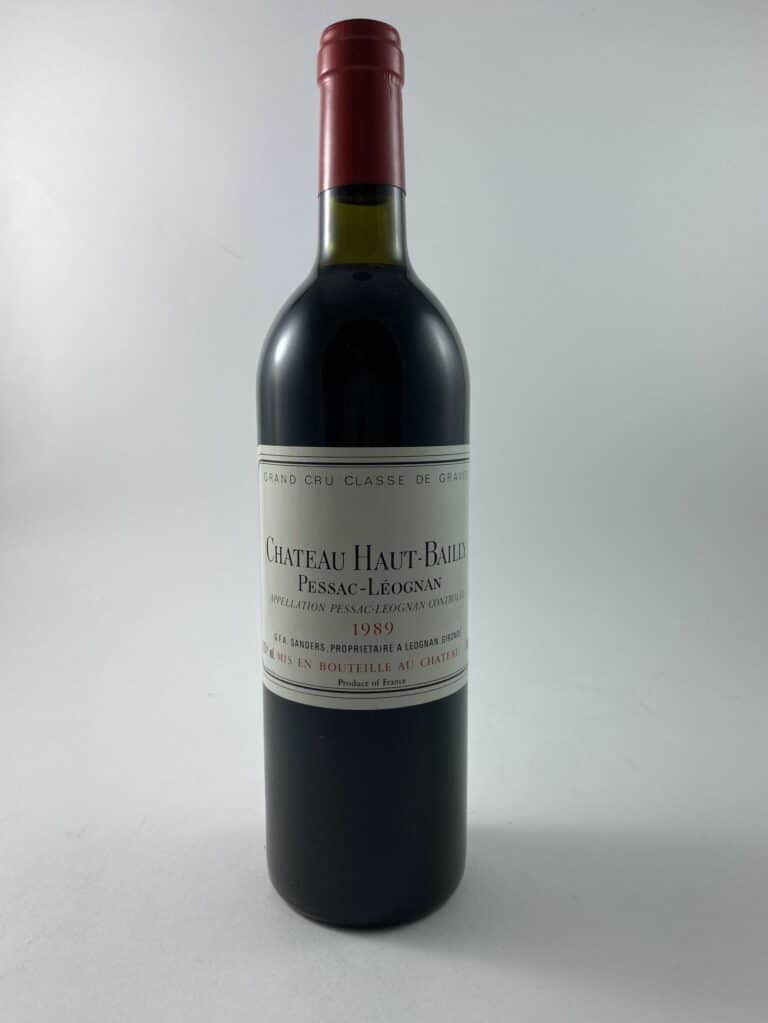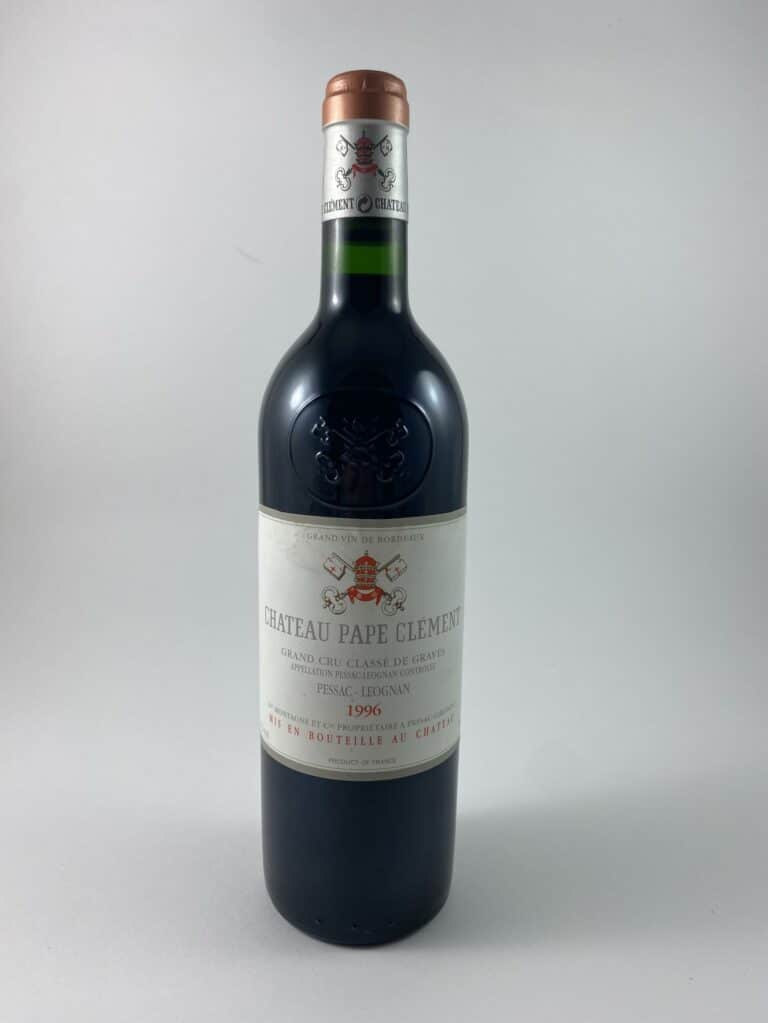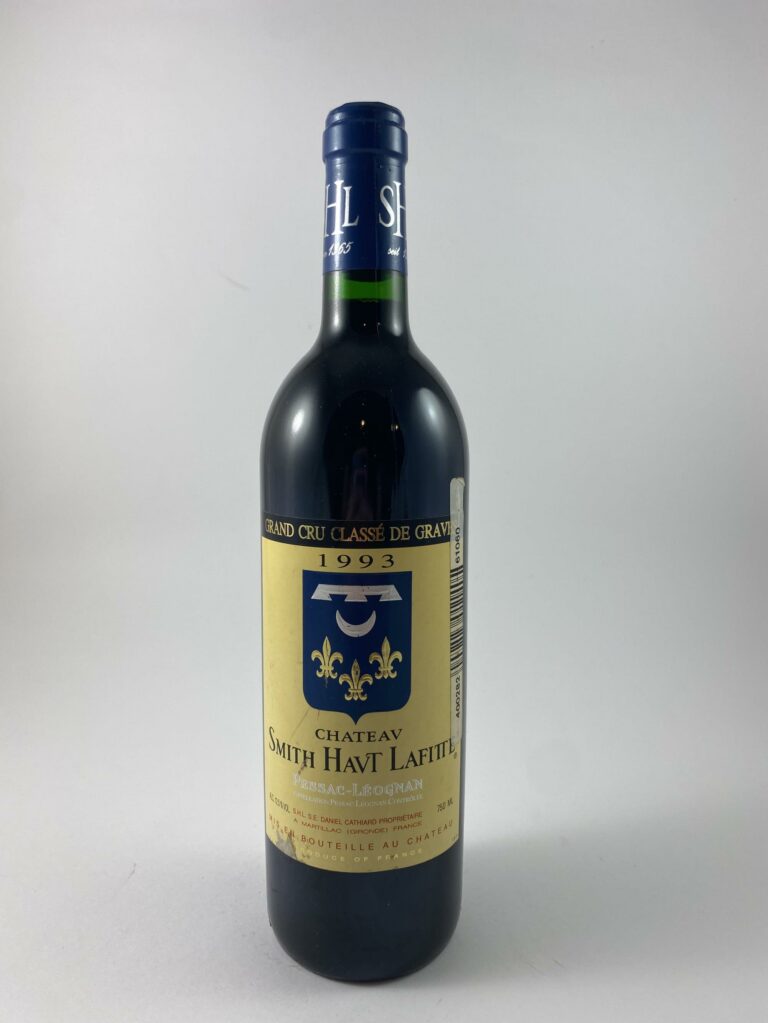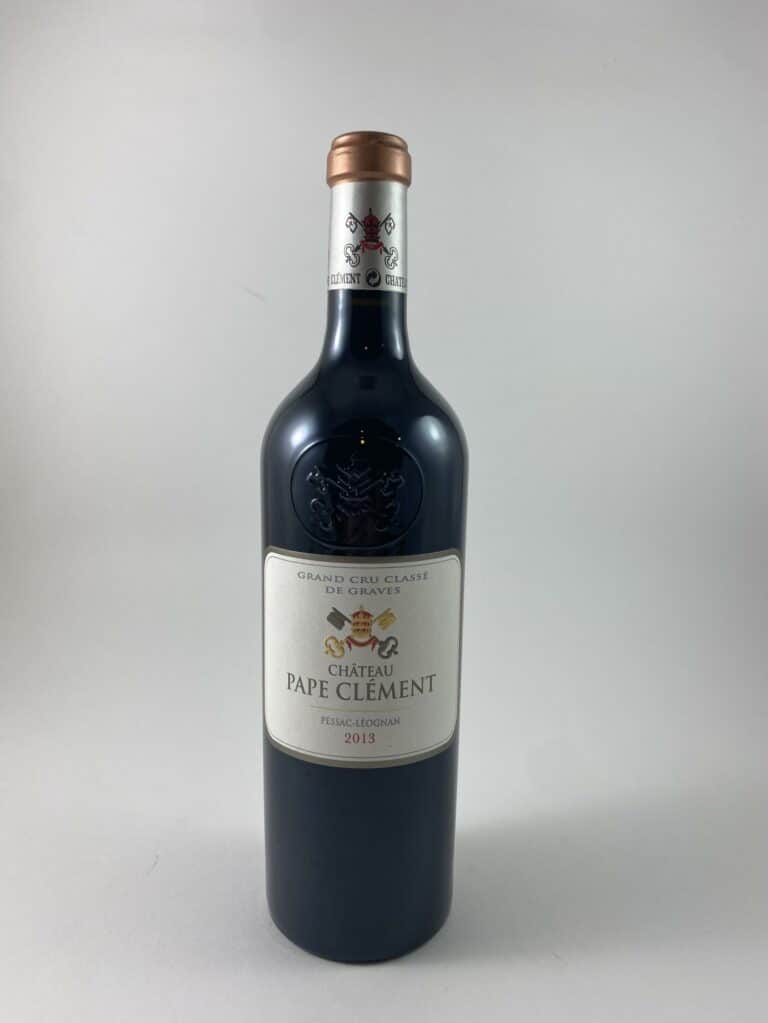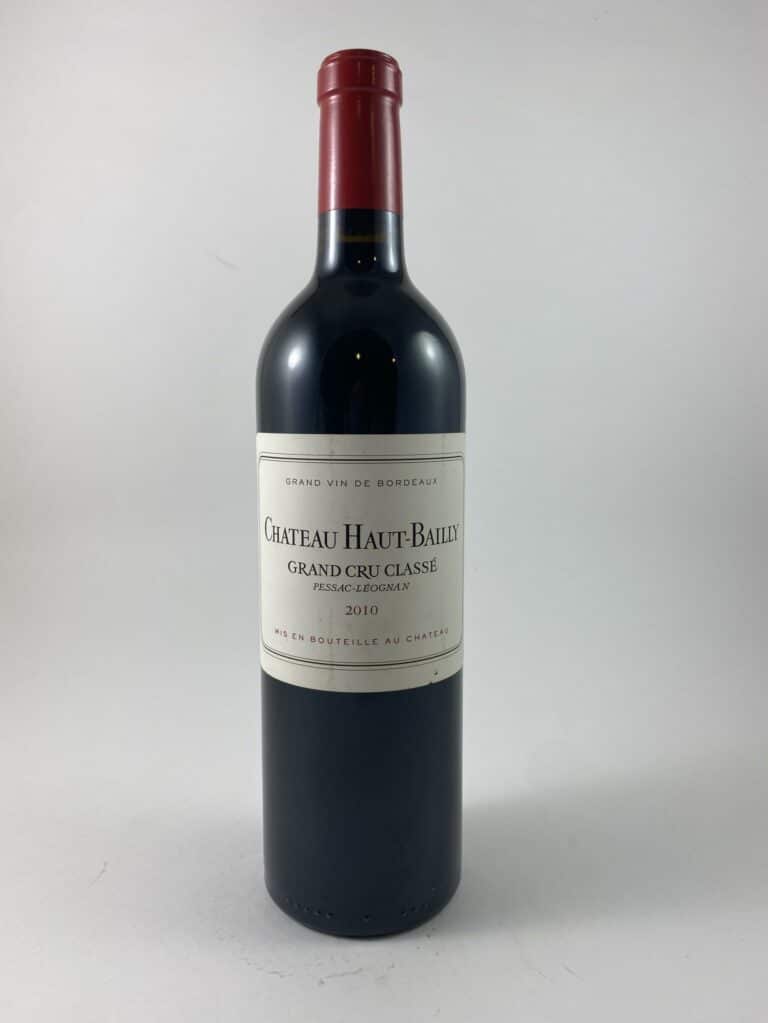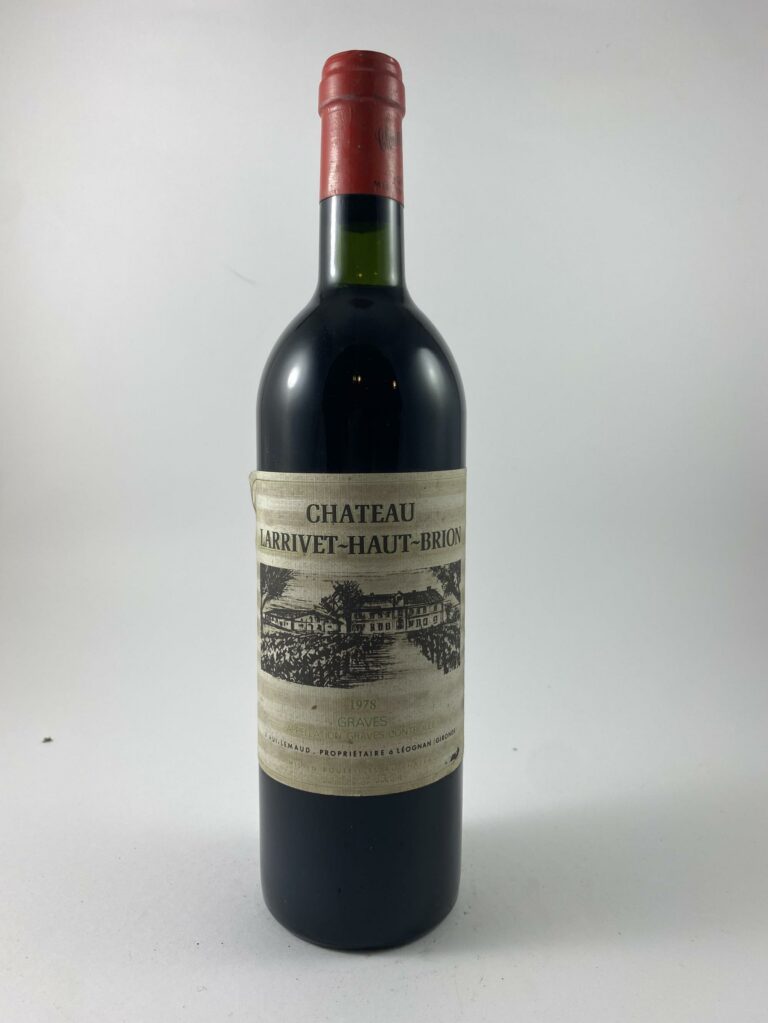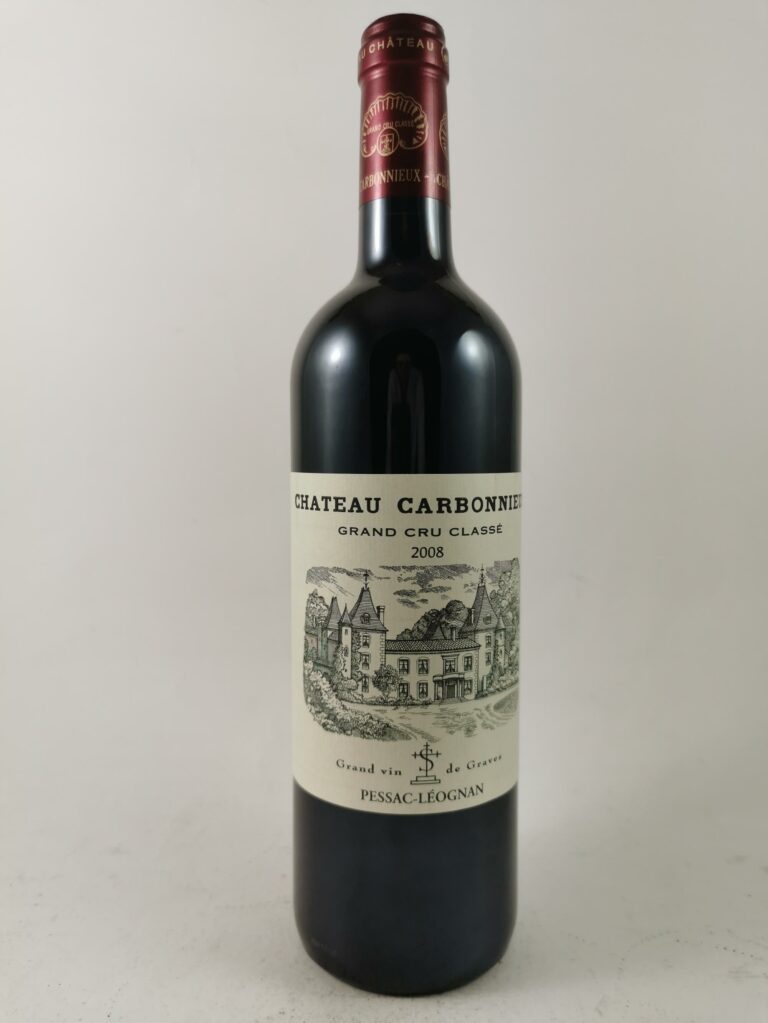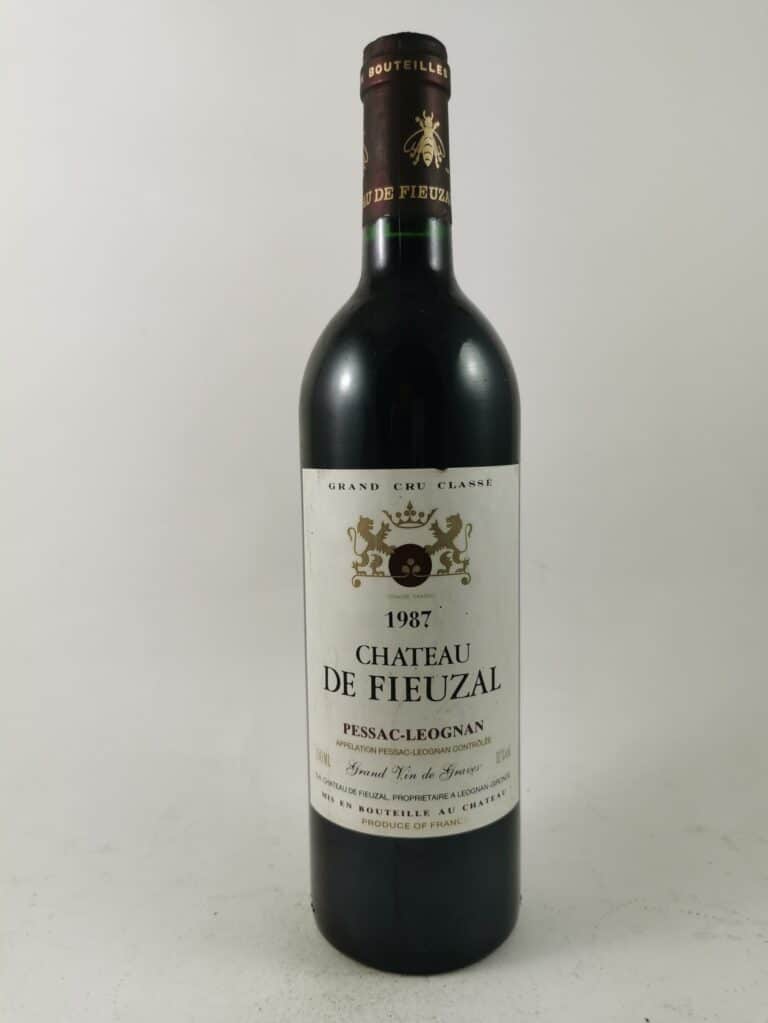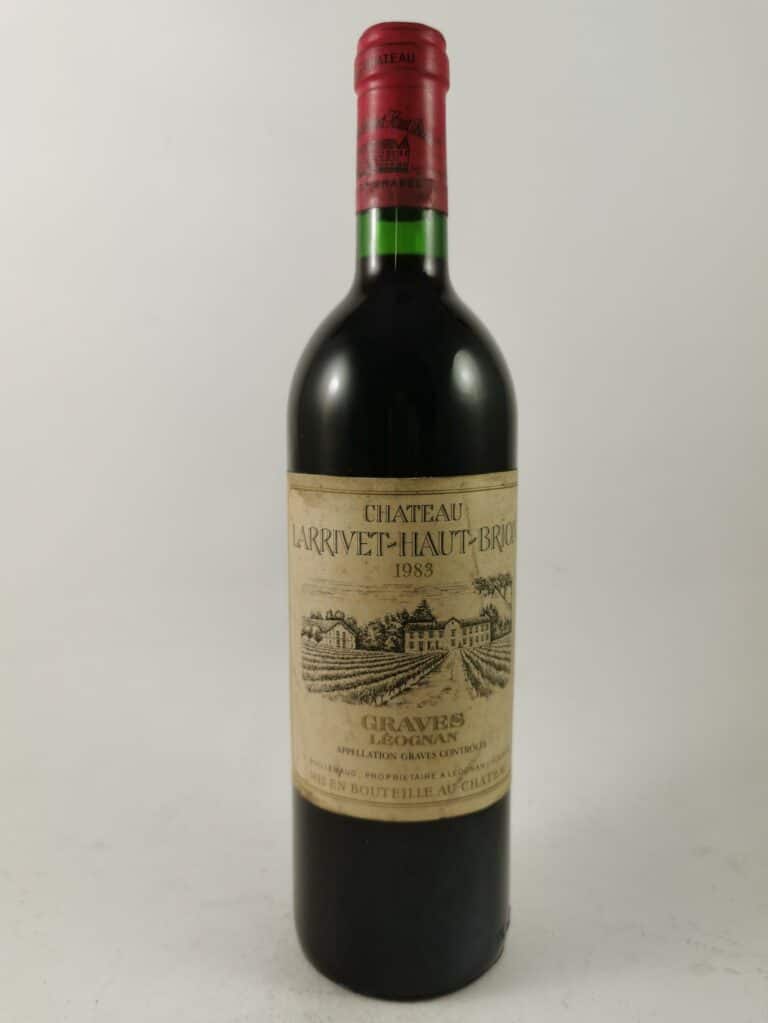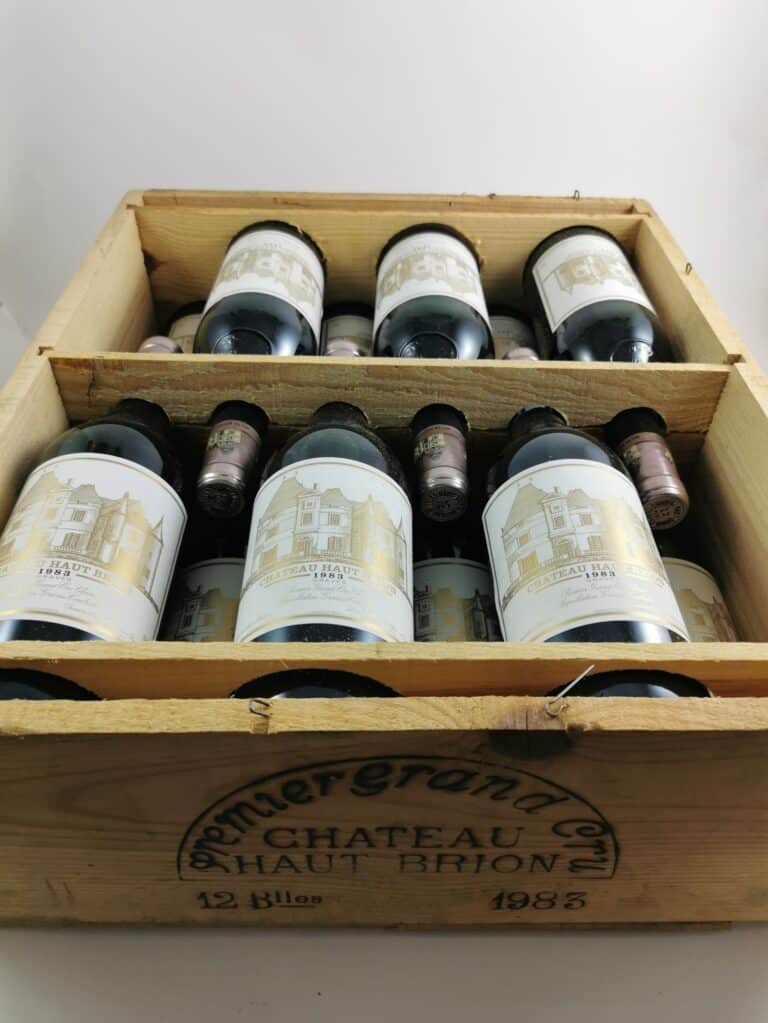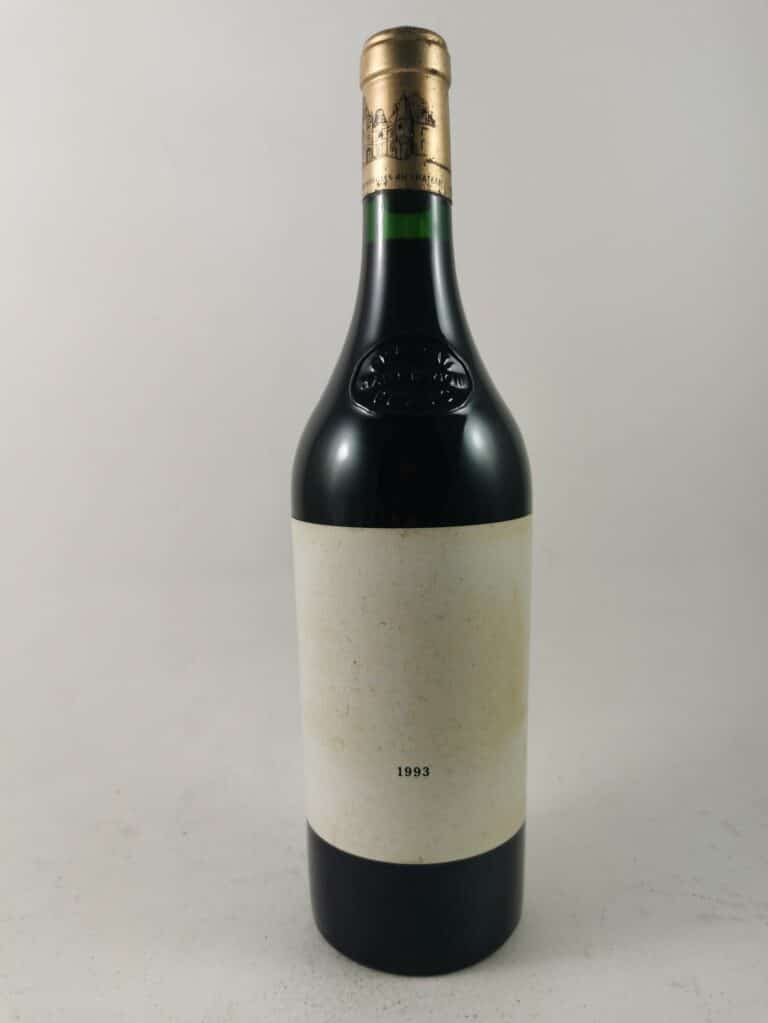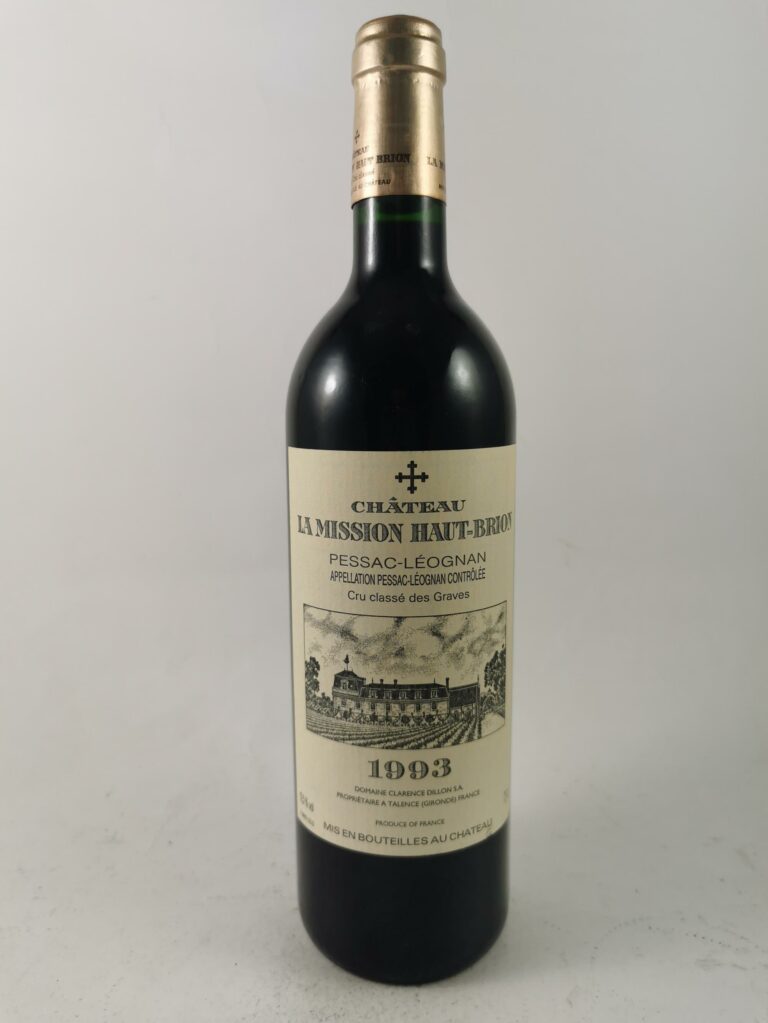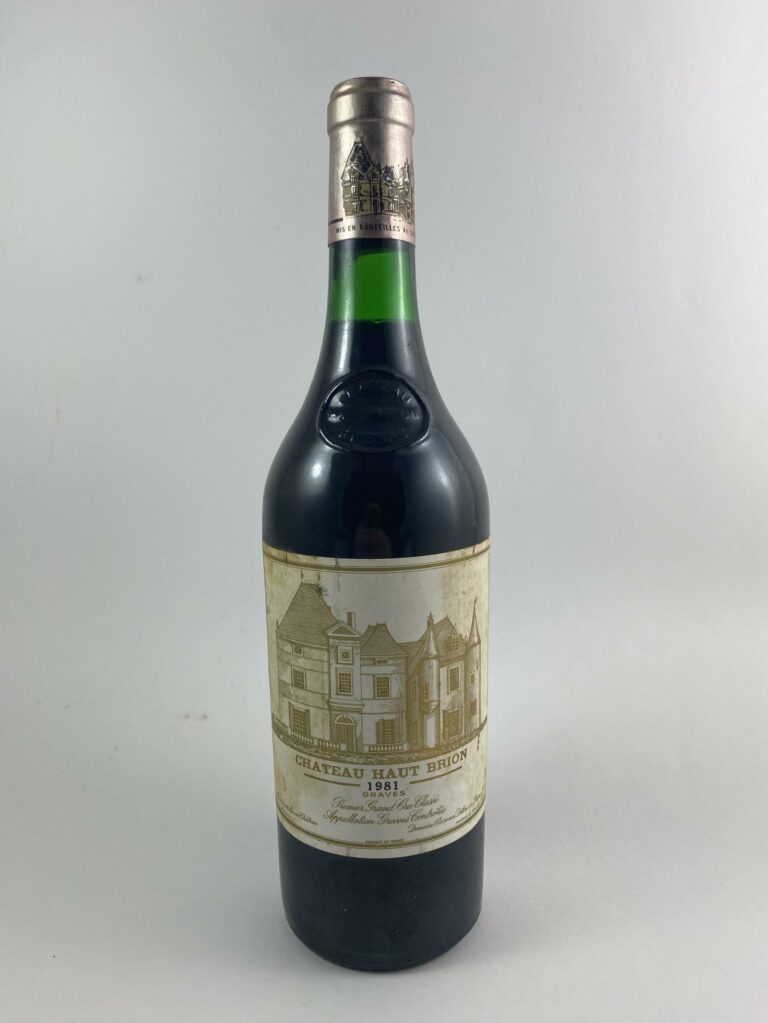Pessac-Léognan Wines
Bordeaux Pessac-Leognan wines
The name Pessac-Léognan has been famous since the Middle Ages. It includes some of the best wines produced in the Bordeaux vineyards. It includes 10 municipalities such as Pessac, Canéjan, Talence or Gradignan. The specificities of these wines, the grape varieties used to produce them, the dishes to match and the great wines of this appellation.
Pessac-Léognan refers to all the wines produced in the Graves region, in the heart of the Bordeaux vineyards. It covers a planted area of 1,610 hectares. The average annual production is approximately 65,000 hectoliters, with a majority of red wines (nearly 80%). This region is characterized by an oceanic climate and a gravel soil. The appellation has been officially recognized since 1987.
The Pessac-Léognan wine carries two important labels testifying to its high quality:
- AOC (French distinction) : Appellation of Controlled Origin
- PDO (European distinction) : Protected Designation of Origin
You will notice that the Pessac-Léognan red wine has an intense red color, marked by deep purple reflections. The nose is particularly delicate with fruity aromas dominated by blackcurrant and floral notes in the background. In tasting, you will be marked by the depth of this tannic wine. Its unchanging aromatic palette offers an exceptional experience.
On the other hand, the white Pessac-Léognan wine is recognizable by its golden yellow color. It has a transparent body where green reflections appear, sign of a remarkable wine. The nose of this white wine combines acidulous notes, a hint of acacia honey and some spicy notes. In the mouth, you will taste a round but powerful wine that is characterized by a certain acidity.
Great Pessac Leognan wines at the best classified price
Under the appellation Pessac-Léognan, we distinguish 16 classified growths figuring in the classification of Graves wines. There are 7 red wines, 3 white wines and 6 red and white wines. Among the classified red wines, we must mention the famous Chateau Haut-Brion since it is a First Growth classified in 1855. there is also :
- Château La Mission Haut-Brion
- Château Haut-Bailly
- Château de Fieuzal
- Château Pape Clément
- Château Smith-Haut-Lafitte
- Château La Tour-Haut-Brion
In the White Classifieds we will mention :
- Château Couhins-Lurton
- Château Couhins
- Château Laville Haut-Brion
Finally, the Red & White Classifieds include:
- Château Bouscaut
- Château Olivier
- Château Carbonnieux
- Château Latour Martillac
- Domaine de Chevalier
- Château Malartic-Lagravière
Pessac-Léognan wines : grape varieties
Like other Bordeaux wines, Pessac-Léognan wine is made from the combination of different grape varieties:
Pessac-Léognan red
To obtain it, it is mainly based on a blend between merlot and cabernet. To obtain it, it is mainly based on a blend between merlot and cabernet. However, we can distinguish two kinds of Cabernet, namely Sauvignon and Franc. It is thanks to this grape variety that the structure of the red Pessac-Léognan is distinguished by a high quantity of tannins. However, Pessac-Léognan wines made from a Cabernet grape require a longer period of time to mature. The Merlot grape variety allows us to have wines with fairly low acidity but which also require a shorter period of evolution.
Pessac-Léognan white
To make it, the producers use a blend of Sauvignon and Semillon grapes. While the former offers a vigorous aromatic spectrum, the latter gives this wine its roundness. Also, it is possible to note the presence of the muscadelle variety in certain varieties of white Pessac-Léognan.
Some Pessac Léognan wines to discover
The Pessac-Léognan appellation encompasses 68 châteaux and estates. Here are some examples:
Domaine de Chevalier
This red wine is dominated by warm fruity notes (blackcurrant and blackberry) that merge perfectly with a spicy woodiness. The estate now covers 45 hectares and has been managed by the family since its acquisition in 1983 by Olivier Bernard. If you choose a Domaine De Chevalier 2014 red, it can be presented at 18 °C. This grand cru has a capacity of guard which can go until 2027.
Château la Mission Haut-Brion
In 1983, Domaines Clarence Dillon purchased this vineyard whose history dates back to the late 17th century. It has 29 hectares of which 3.6 hectares are dedicated to the production of white wine. This particularly supple ancestral wine has a clear color with a fruity bouquet. With a bottle of Château La Mission Haut-brion 2015 white, you can prepare a risotto with scallops. Also, please serve your wine at a temperature between 10 and 12°C.
The Château Bouscaut
It is an estate of 50 hectares sublimated by a magnificent building that dates back to the eighteenth century. It was bought around 1979 by Lucien Lurton. However, it is now his daughter Sophie who is in charge. This barrel-aged wine is distinguished by its intensity, which combines fresh butter notes with floral and fruity notes. We particularly recommend the Chateau Bouscaut 2019 which can be consumed until 2030.
The Château Pape-Clément
The Pape Clément estate has a total area of 63 hectares. It is the property of Bernard Magrez who is rightly called “the man with forty châteaux”. He acquired it in the eighties. This red wine matured in vats and barrels has been developed since the 13th century. It has a particular aromatic bouquet where we can distinguish fruity nuances and some mineral and woody notes.
If you choose the Château Pape Clément 2015 red, you should respect a tasting temperature between 17 and 18 °C, with a recommended consumption between 2022 and 2030.
The best vintages of Pessac Leognan wines
In the vast catalog of Pessac-Léognan vintages, we distinguish particularly remarkable years like 2009, 2010, 2016 and 2018. For a very good quality Pessac-Léognan, you can choose 2014, 2015, 2017 or even 2019. Also, 2008, 2011 and 2012 are good vintages. However, 2007 and 2013 are considered average years. During the selection process, it is imperative to take into account the storage capacity. Indeed, a high quality wine can be preserved for many years while a medium quality wine should be consumed very quickly, preferably within 5 years.
AOP Pessac-Léognan : how to match your wine ?
Whether it is a simple aperitif, a business dinner or a wedding ceremony, there is always a Pessac-Léognan to enhance your events. Thus, it is important to take into account the preferences of your guests to select the right bottle. In this perspective, food pairings must be carefully thought out. If you choose a red Pessac-Léognan, choose a menu that highlights the different types of meats. If you opt for a red Pessac-Léognan, choose a menu highlighting the Thus, a grilled rib of beef, a leg of lamb or a duck breast will be privileged choices.types of meats. Also, a cheese platter or a typical pan of porcini mushrooms with garlic and parsley will be the perfect accompaniment to savor the full aromatic power of your refined wine. For an optimal experience, the recommended tasting temperature is 16°C.
Nearby estates in the Bordeaux area
Nearby, we distinguish exceptional domains. In the Médoc, we find Pauillac, Margaux, Saint Julien, Pomerol, Saint Emilion and Saint-Estèphe. Also, the Sauternes and the Cérons impose themselves to the south. In the Entre-Deux-Mers region, are located the domains where Loupiac and Cadillac wines are produced. Further away, in the Libournais, prestigious appellations such as Saint-Émilion and Pomerol evolve.

